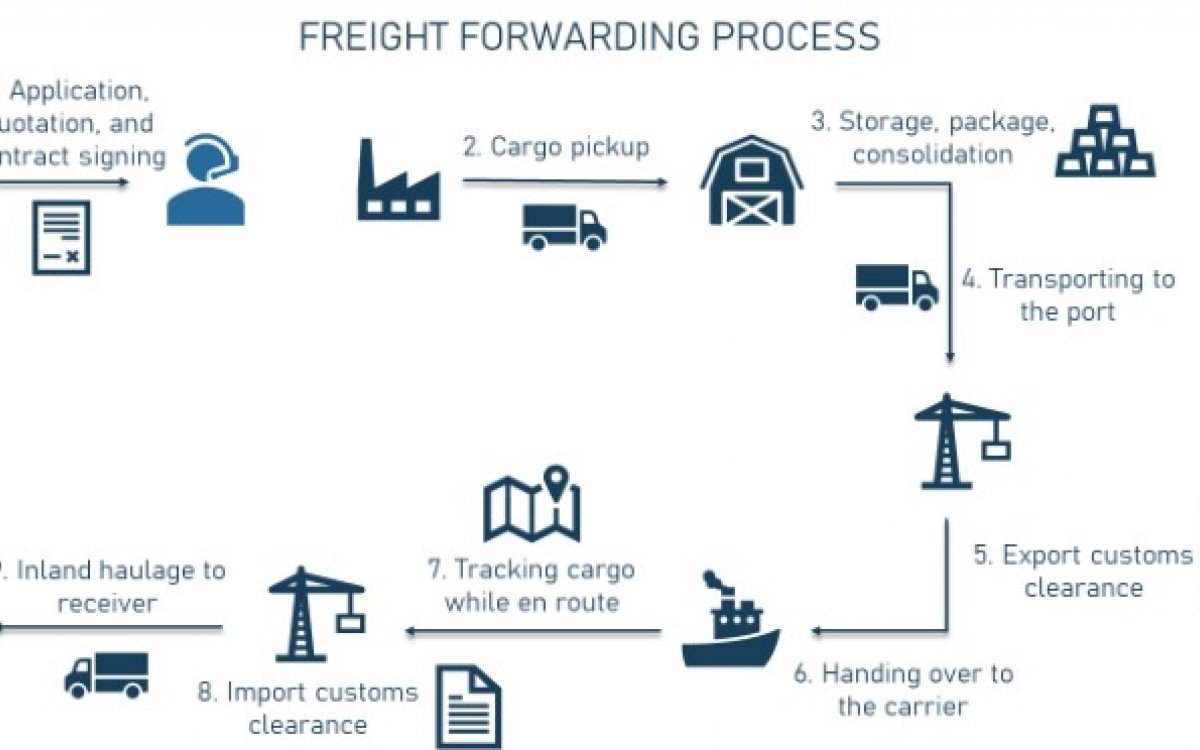Types of distribution channels
How many levels of distribution channels are there?
There are three types of distribution strategy: intensive, exclusive, and selective. This classification takes into account the degree of interaction with intermediaries, i.e., what is the level of dependence on a company to market a particular product.
What are distribution channels in logistics?
Distribution channels are the routes that products and services take on their journey from production to final delivery.
The types of logistics distribution are:
Direct Logistics Distribution. Direct delivery in logistics is a product distribution strategy in which merchandise or products are sent directly from the point of production to the points of sale and/or warehouses of customers without an intermediate collection point.
Indirect Logistics Distribution. Reverse distribution or logistics is a stage in the supply chain in which the product returns from the point of sale to the manufacturer or distributor to be recovered, repaired, recycled or disposed of.
Demand Variability. Demand variability is the degree of fluctuation in customer demand for a product or service over time.
Cost increase. Inflation caused by an increase in the cost of one or more factors of production (e.g. raw materials or labour), which impacts on the prices of final products.
Monitoring and Traceability of Products. Traceability is the ability to track all processes, from the acquisition of raw materials to production, consumption and disposal, in order to clarify "when and where what was produced and by whom".
Levels of distribution channels
The four types of distribution systems and what are some of the forms of non-store retailing?
Non-store retailing includes vending, direct selling, direct response marketing, home shopping networks, and Internet retailing.
